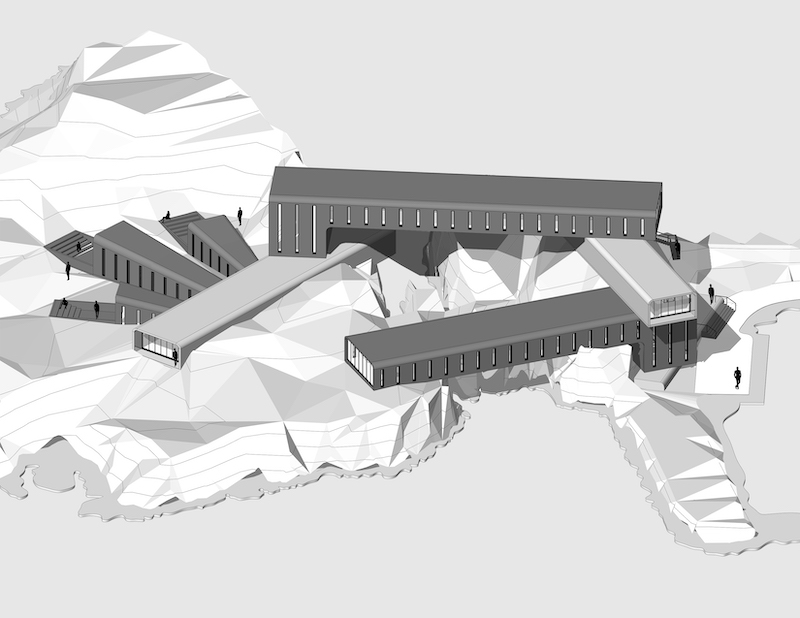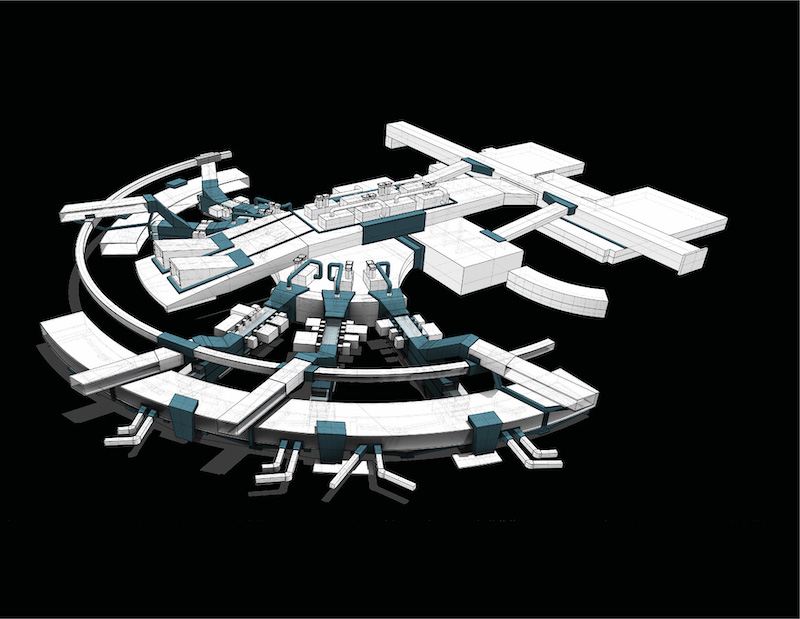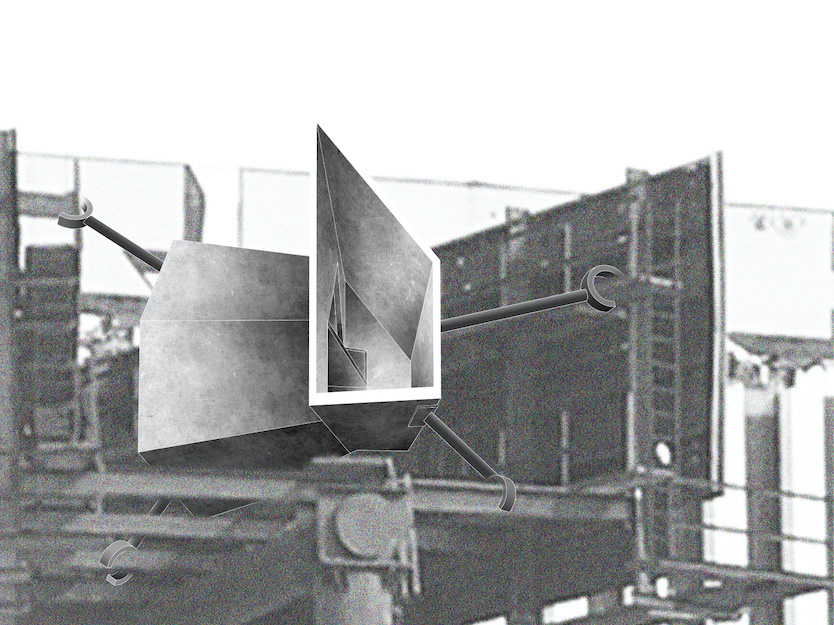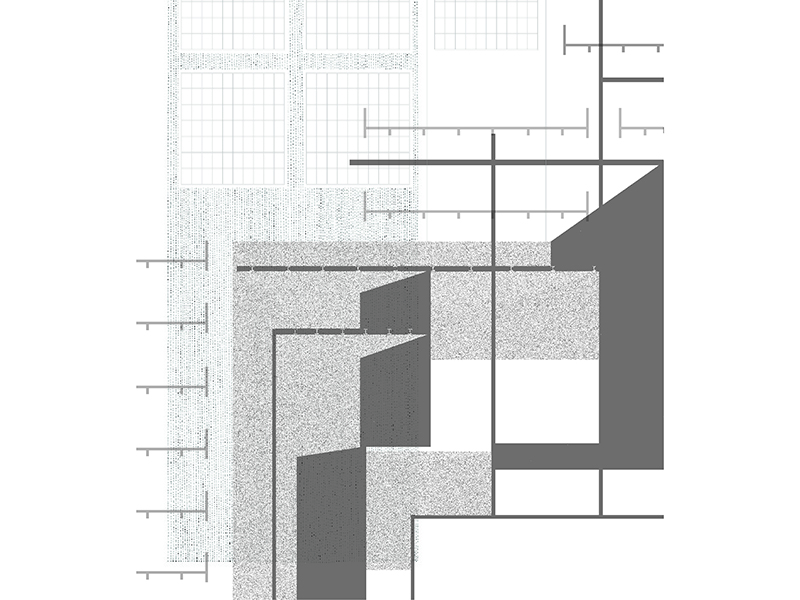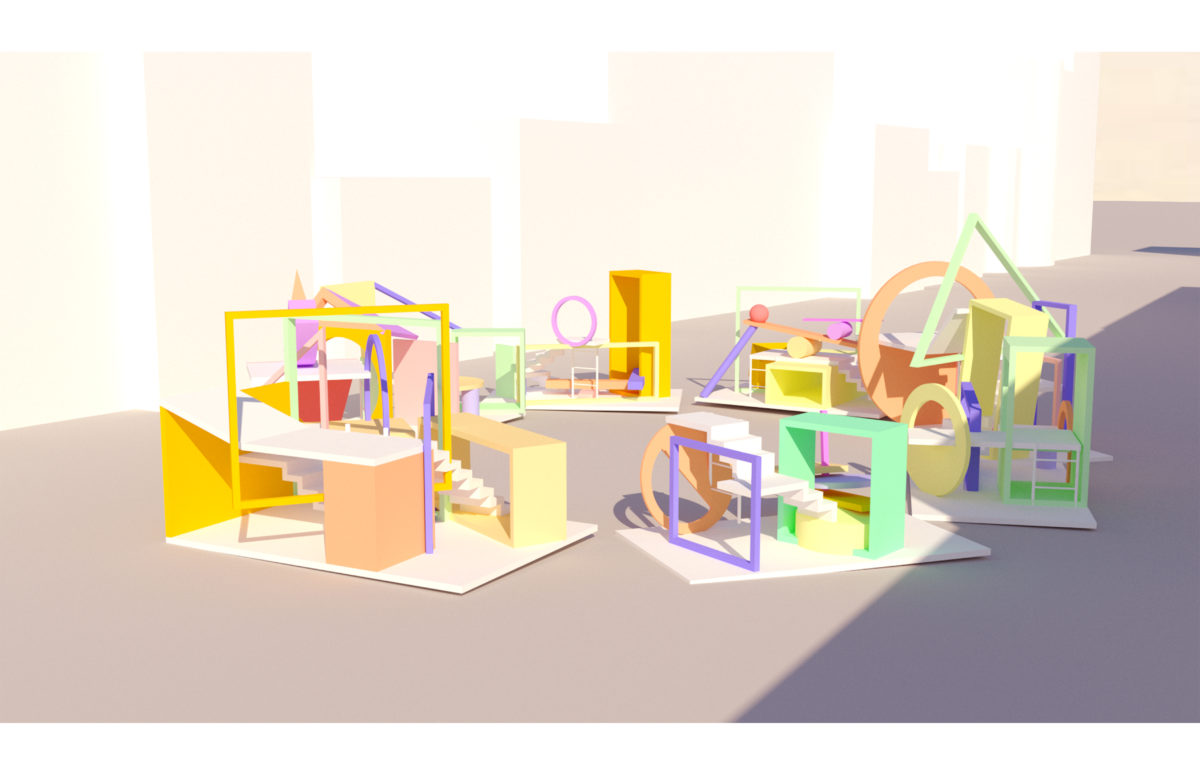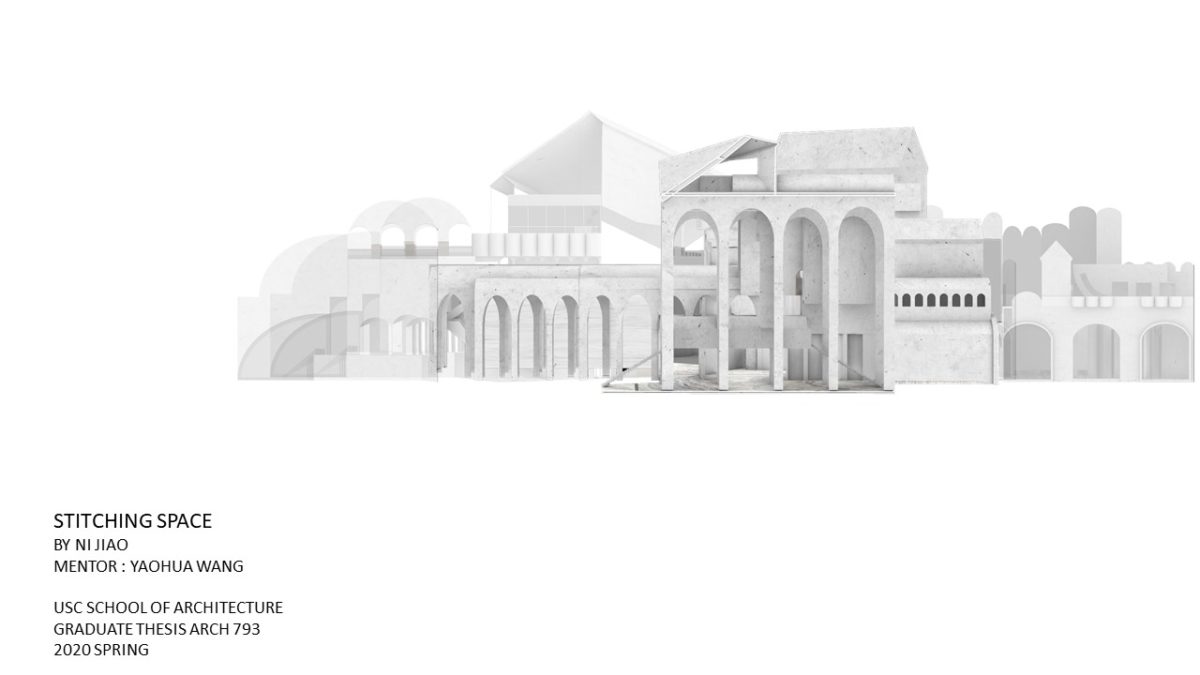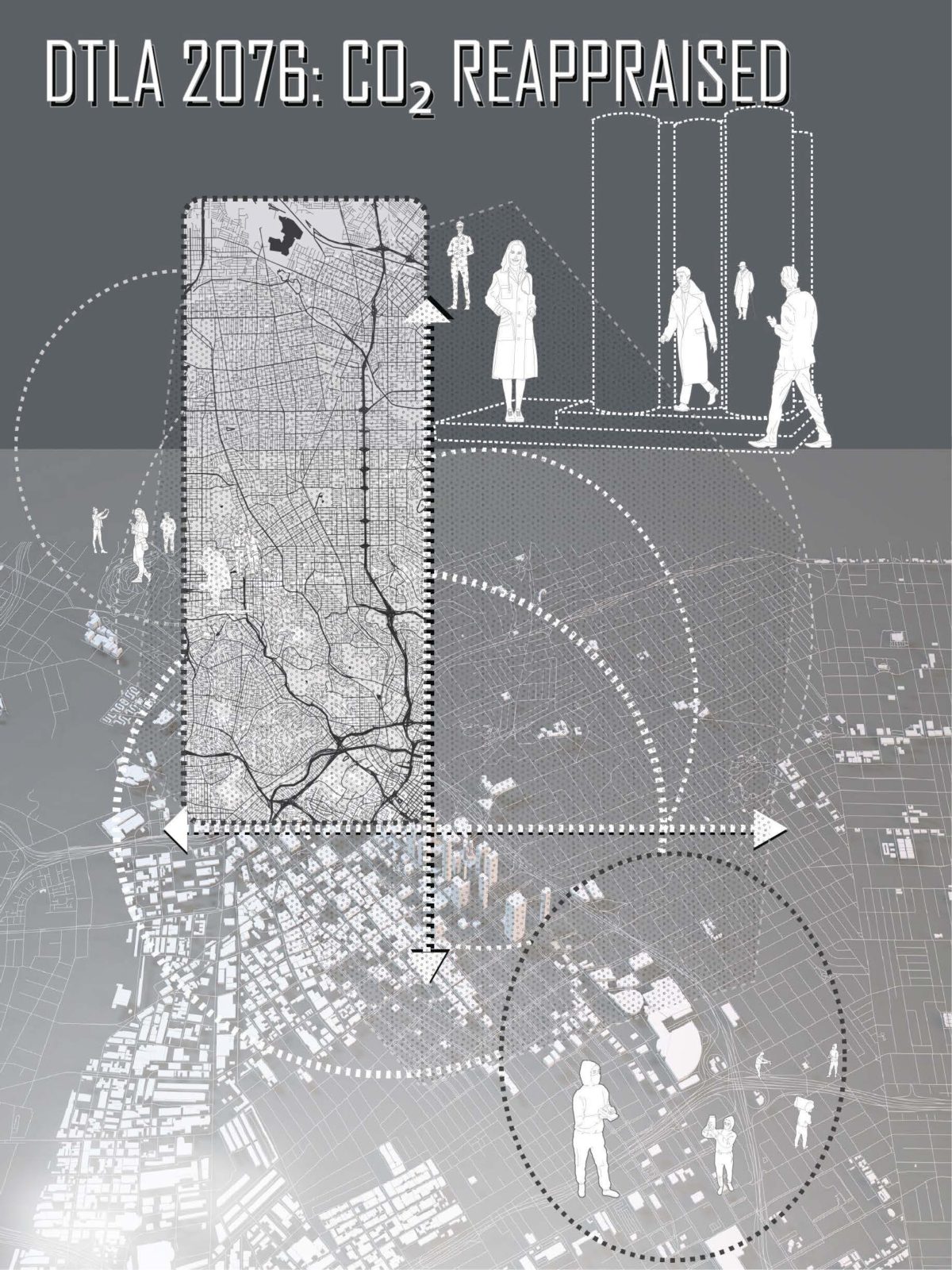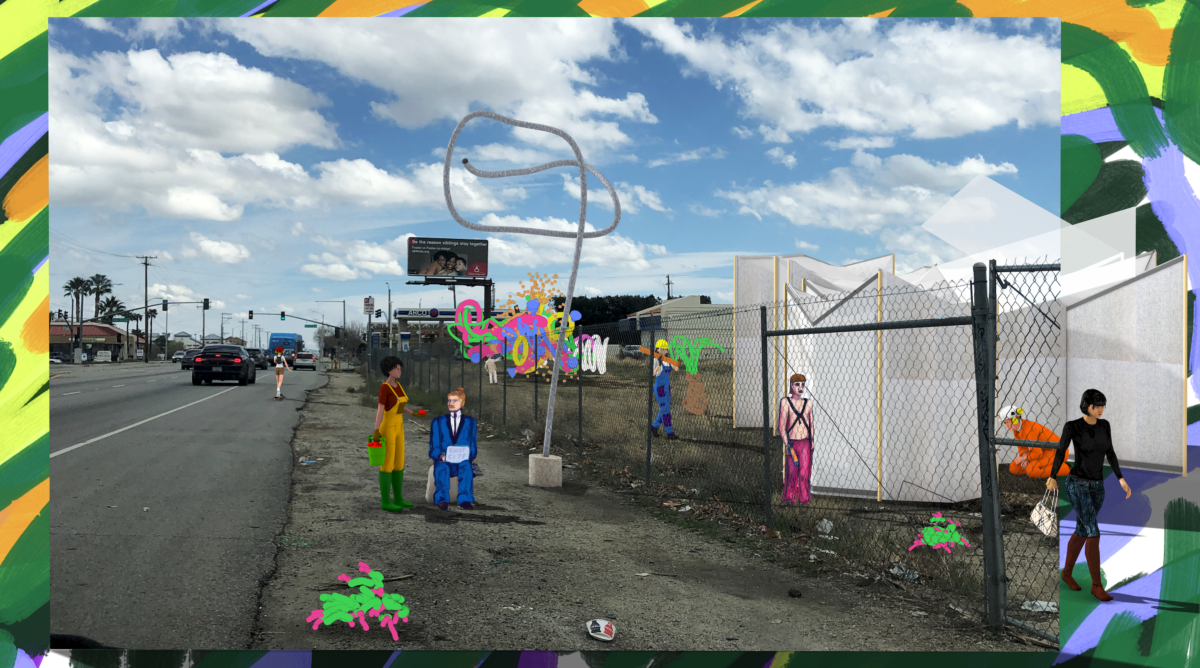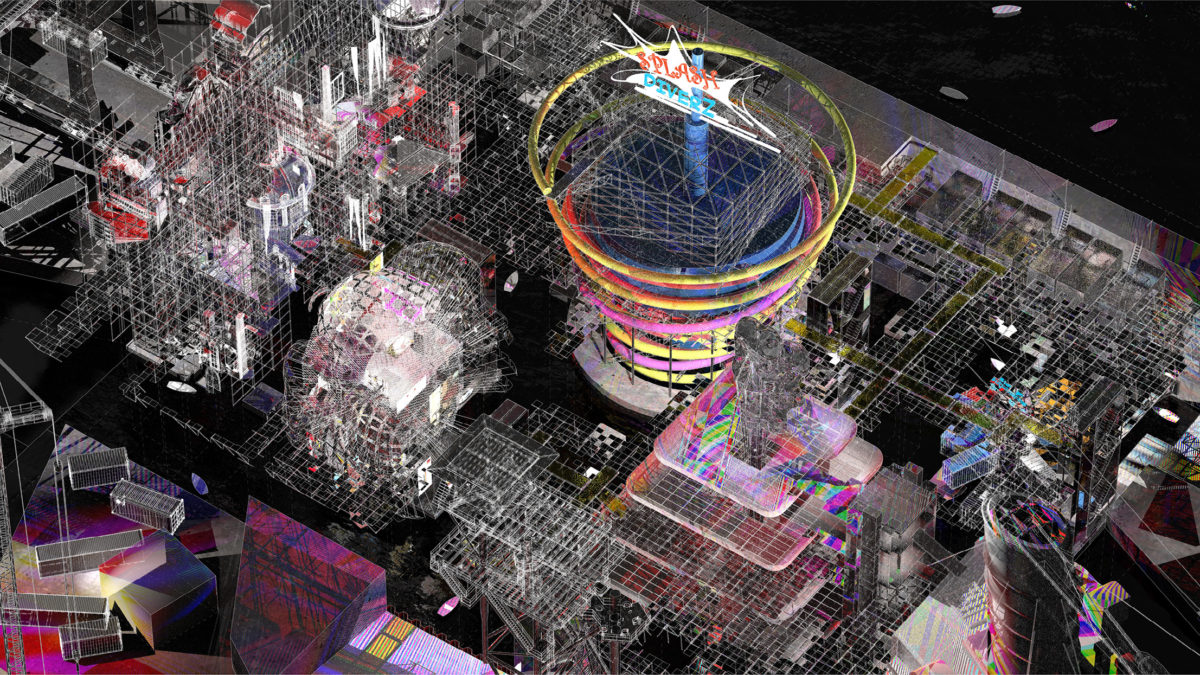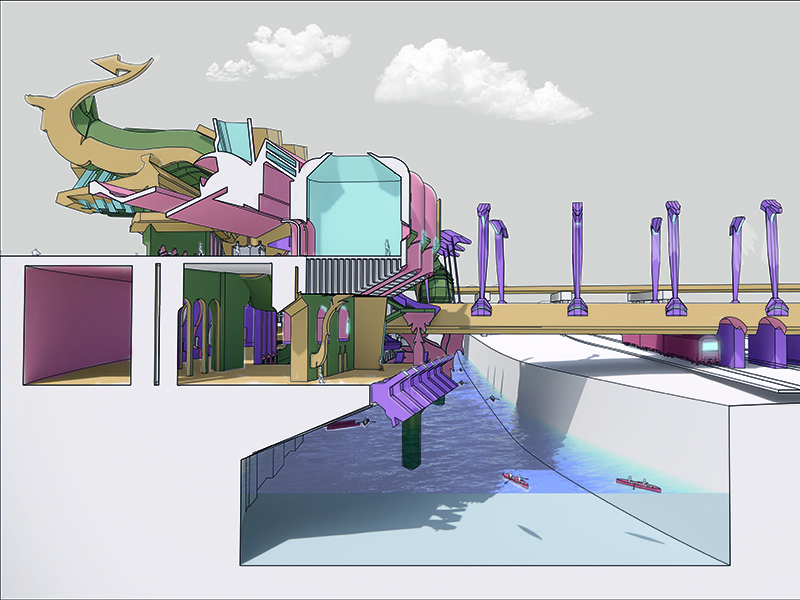This thesis explores boundaries and penetrations between the interior and exterior. It borrows Francoise Bollak’s terms of engagement (insertion, parasite, wraps, juxtapositions, and weavings) as a methodology to probe Paul Rudolph’s techniques of cadence, contrast, and network. This approach has resulted in an understanding of the architectural envelope and concept of intervention.
During my analysis of Paul Rudolph’s Section Perspectives, I broke down his vast library of work into three categories: Isolated Connections, Entangled Connections, and The Embedded Network. When selecting these labels I looked to the Oxford English Dictionary—Isolated: “single; exceptional”; Embedded: “an object fixed firmly and deeply in a surrounding mass”; Entangled: “twisted together or caught within.”
This thesis looks at how to formally blur the lines between public and private spaces, much like Paul Rudolph explored in his projects. This new intervention represents the hierarchy and movement of networks featured in all of Rudolph’s Works—within the project shell and highlighting the tension between old and new.
